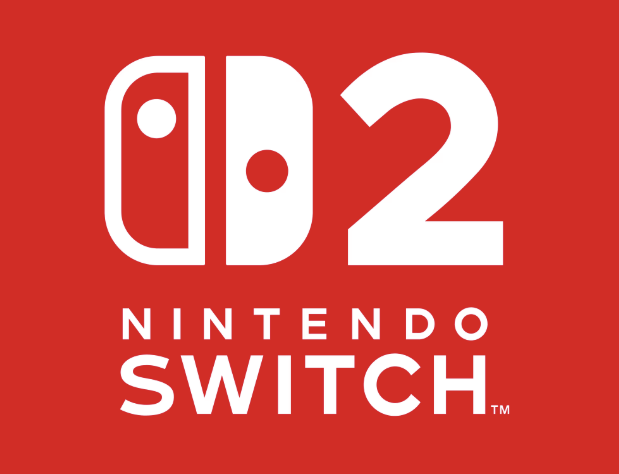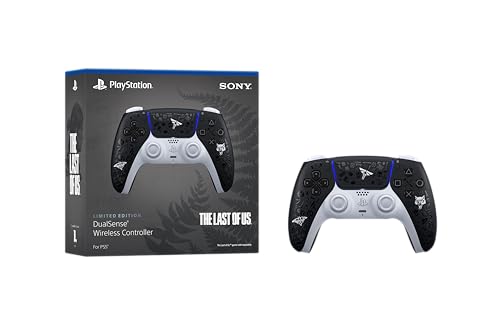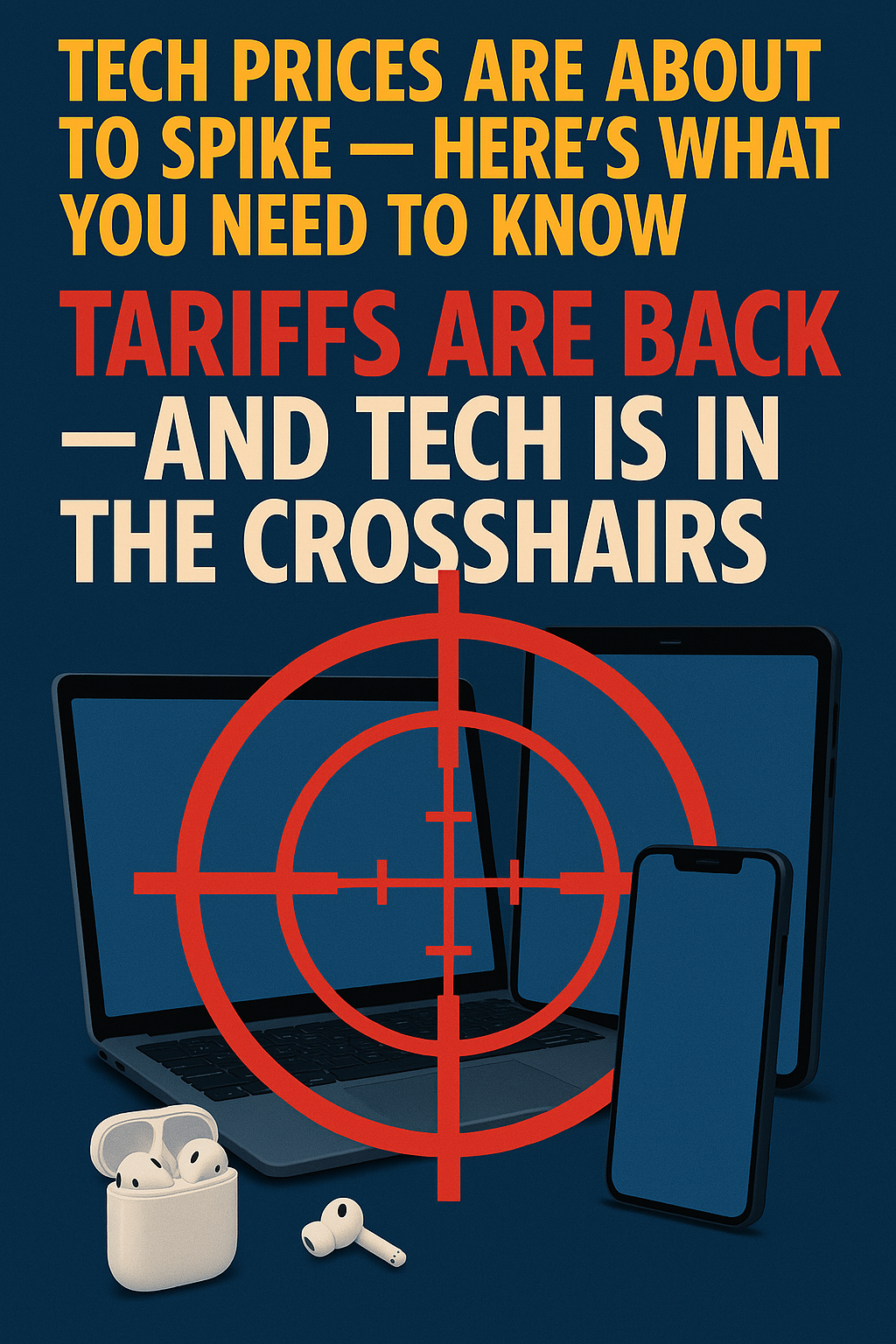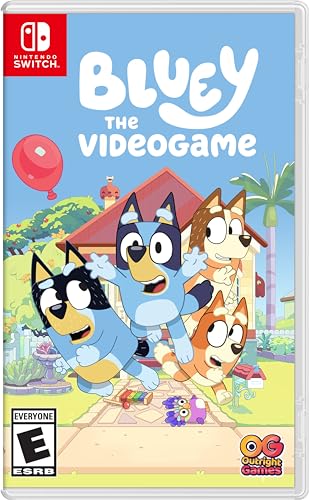Switch 2: The Drop That Didn’t Drop
Nintendo had fans buzzing with anticipation after officially revealing the Switch 2 on April 2. The console, boasting a sleeker design and next-gen enhancements, was supposed to open for pre-orders in the U.S. on April 9. Instead, the drop has been iced. Nintendo hit pause, leaving gamers—and resellers—on edge. The reason? Politics, pricing, and a very inconvenient tariff announcement.
Tariffs, Timing, and Tactical Moves
Just hours after Nintendo’s big reveal, the Trump administration announced a sweeping set of new tariffs targeting imports from key Asian manufacturing hubs, including China and Vietnam. Nintendo, which manufactures much of its hardware in those regions, is now facing import duties as high as 54%. In response, the company stated it needs to assess the impact of these new economic conditions before proceeding with U.S. pre-orders. The result? A calculated delay to avoid financial turbulence—or worse, a botched launch strategy.
What This Means for U.S. Gamers
For U.S. consumers, this pause might signal more than a temporary setback. There’s speculation that Nintendo could divert inventory away from the U.S. market or adjust pricing again if costs increase due to tariffs. Gamers hoping to lock in their console early are now in limbo, refreshing retailer pages that remain frustratingly static. And let’s be honest—no one enjoys uncertainty when it comes to launch day hype.
Sticker Shock: The Price That Sparked Debate
Even before the tariff turbulence, the Switch 2’s $449.99 price tag had already stirred the pot. Fans weren’t exactly cheering when the number dropped—many took to livestreams and forums pleading for a price cut. Compared to the original Switch’s launch price, this is a notable hike, and now with tariff threats looming, that price could climb even higher. If you’re feeling déjà vu, it’s because the console wars have seen this drama before.
Market Moves: Why Nintendo Might Be Holding Back
Nintendo isn’t just reacting—it’s calculating. With U.S. tariffs threatening margins, the company could reallocate stock to markets with more favorable trade conditions. That means fewer units stateside and longer waits for those who didn’t jump into the registration queues. This kind of strategic restraint isn’t new to Nintendo, either; they’ve historically kept supply tight to build demand—and hype.
June 5 Launch: Still on the Calendar (For Now)
Despite all the noise, Nintendo remains firm on the official June 5, 2025 release date. But will enough consoles reach U.S. shores in time? That’s the real question. Unless you’re living in Japan or Europe, don’t be surprised if that launch window feels more like a tease than a drop.
Final Take: The Vibe Check on Nintendo’s Strategy
Nintendo’s move is part strategy, part survival. In a world of volatile trade policies and sky-high expectations, it’s playing defense before things get messy. But make no mistake—delaying pre-orders and holding steady on a launch price that’s already raising eyebrows? That’s bold. Whether it pays off or backfires will depend on how—and when—Nintendo decides to show its hand again.



